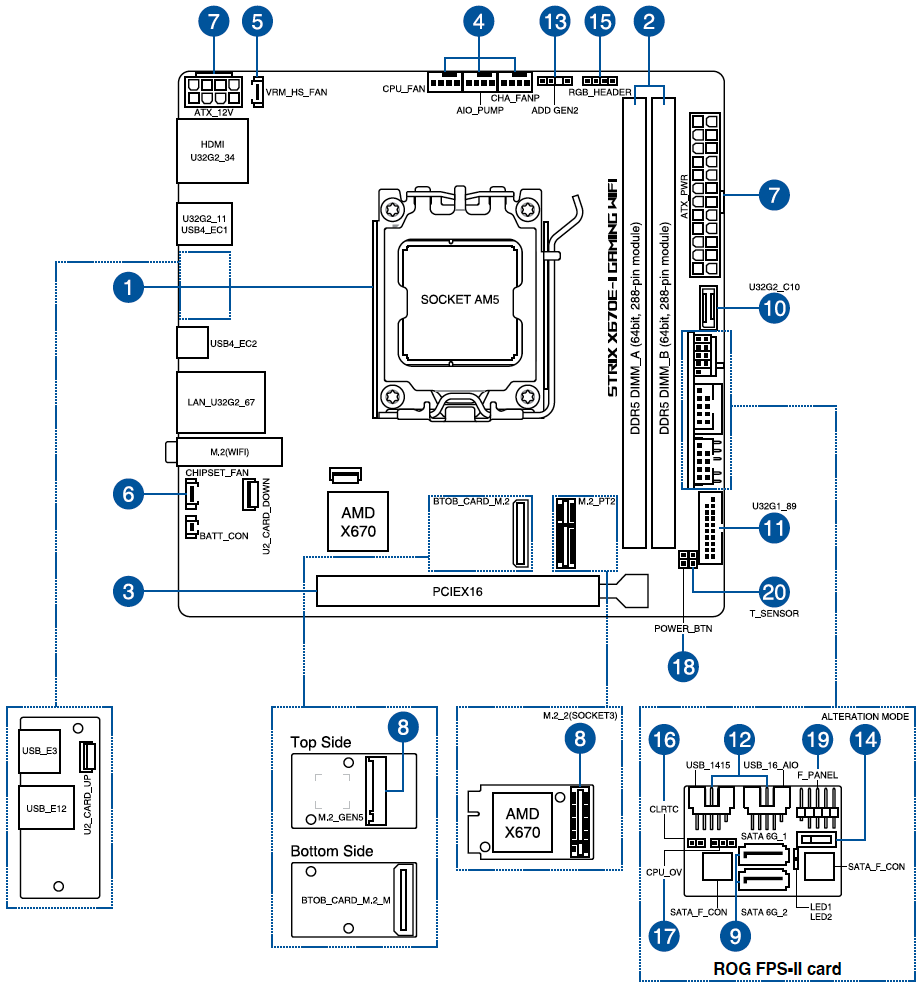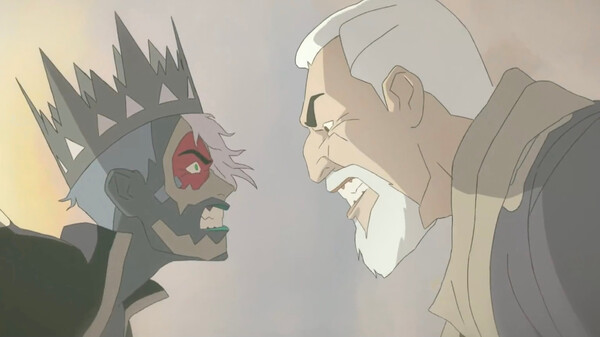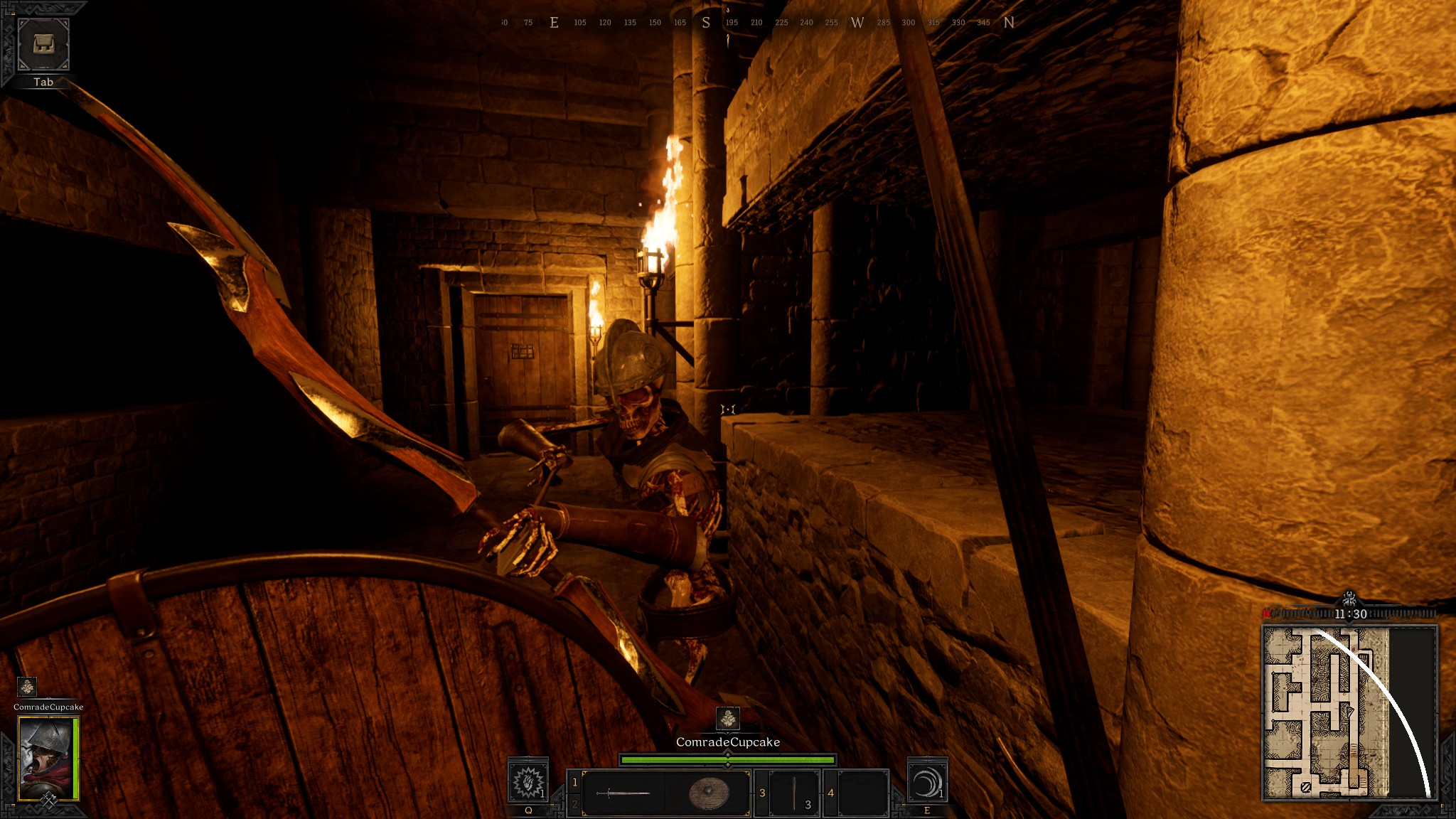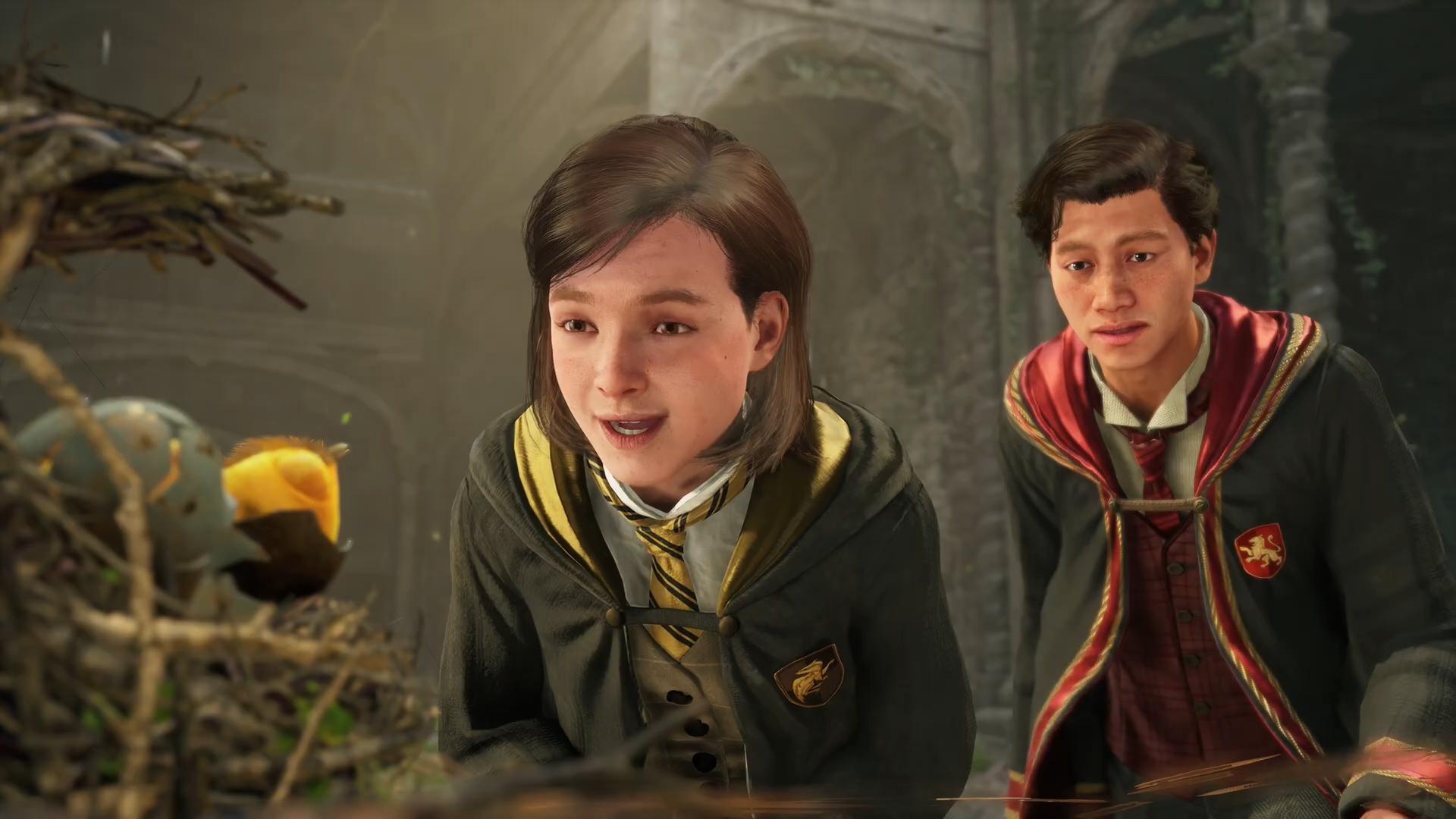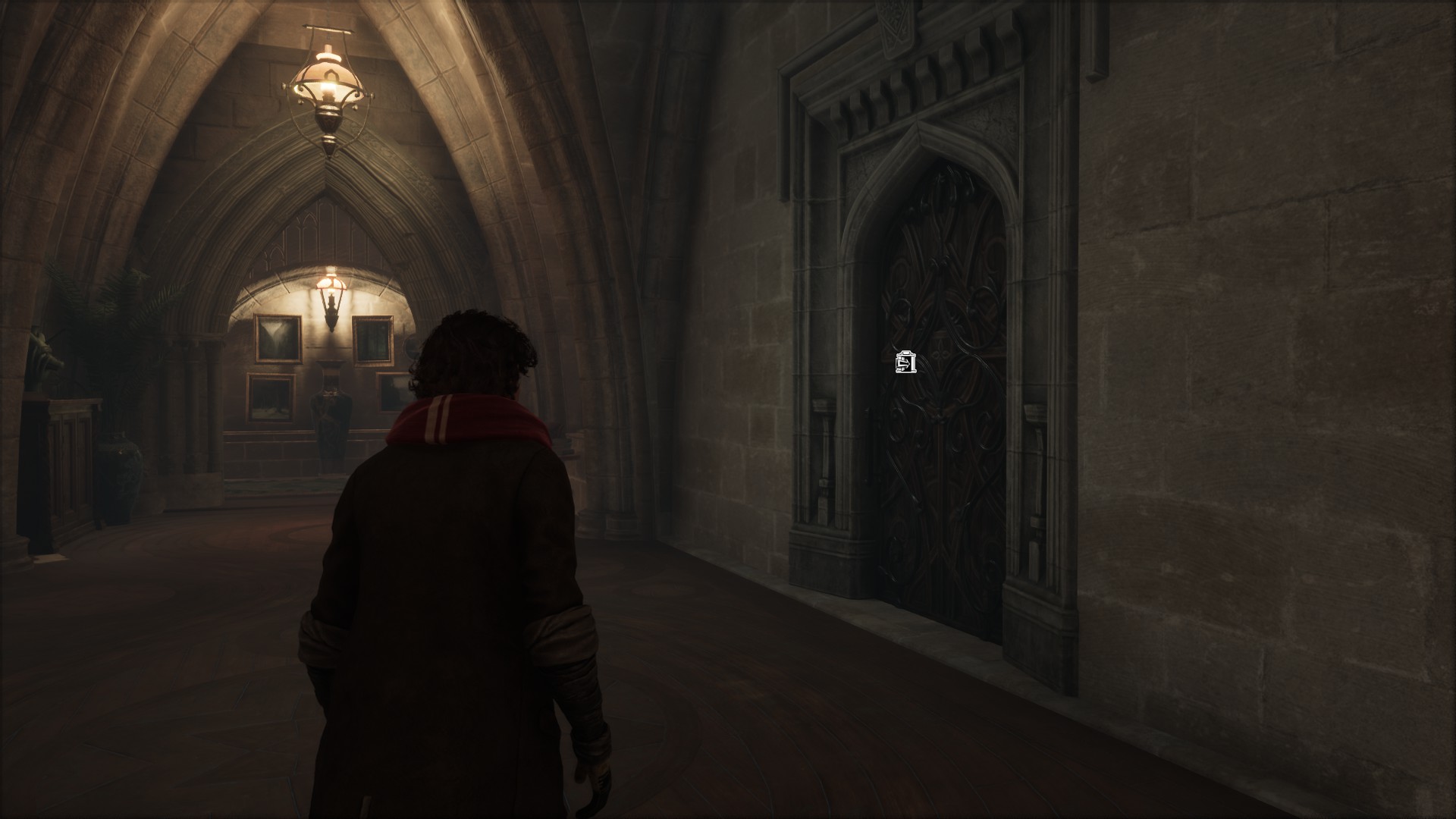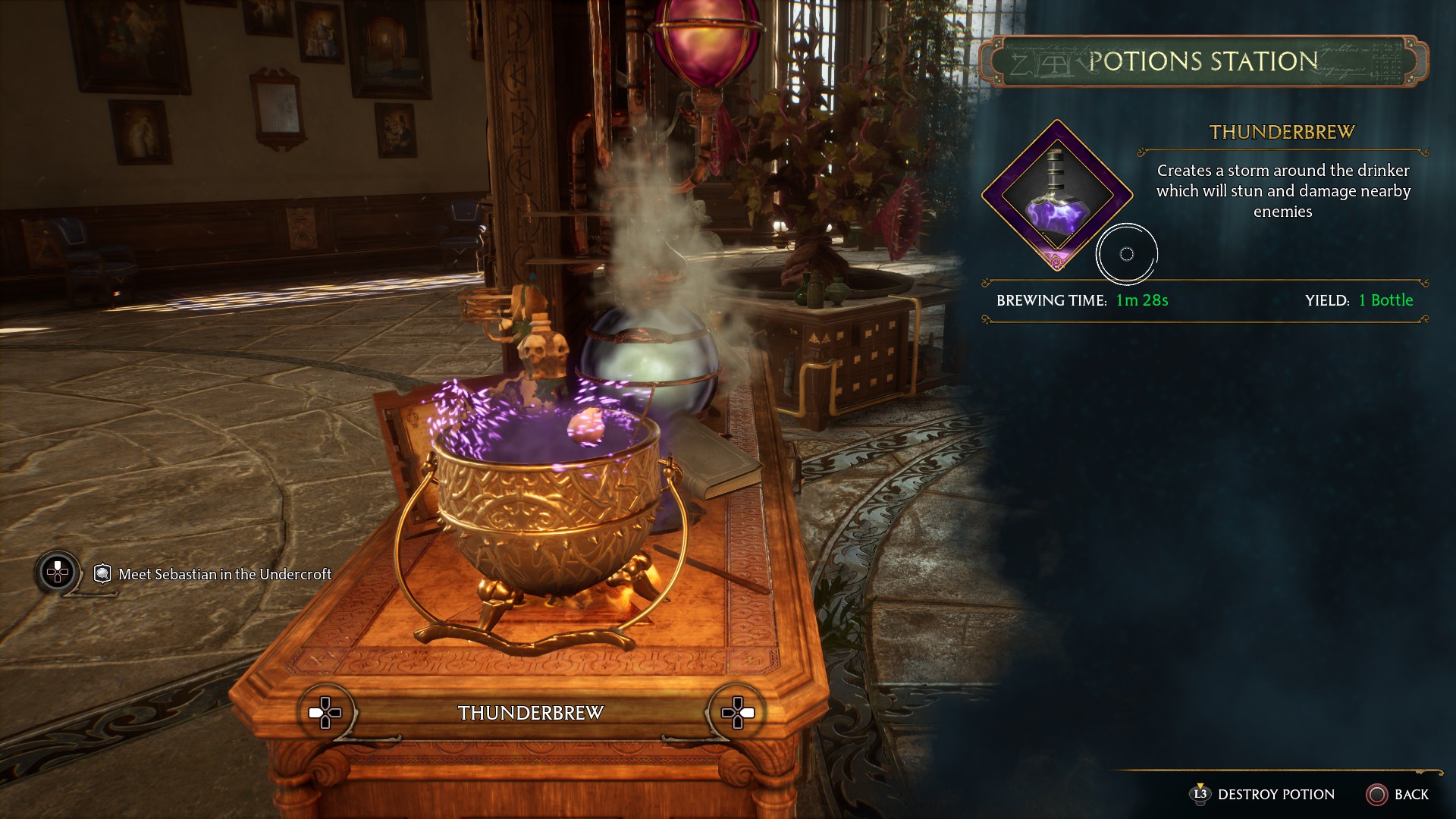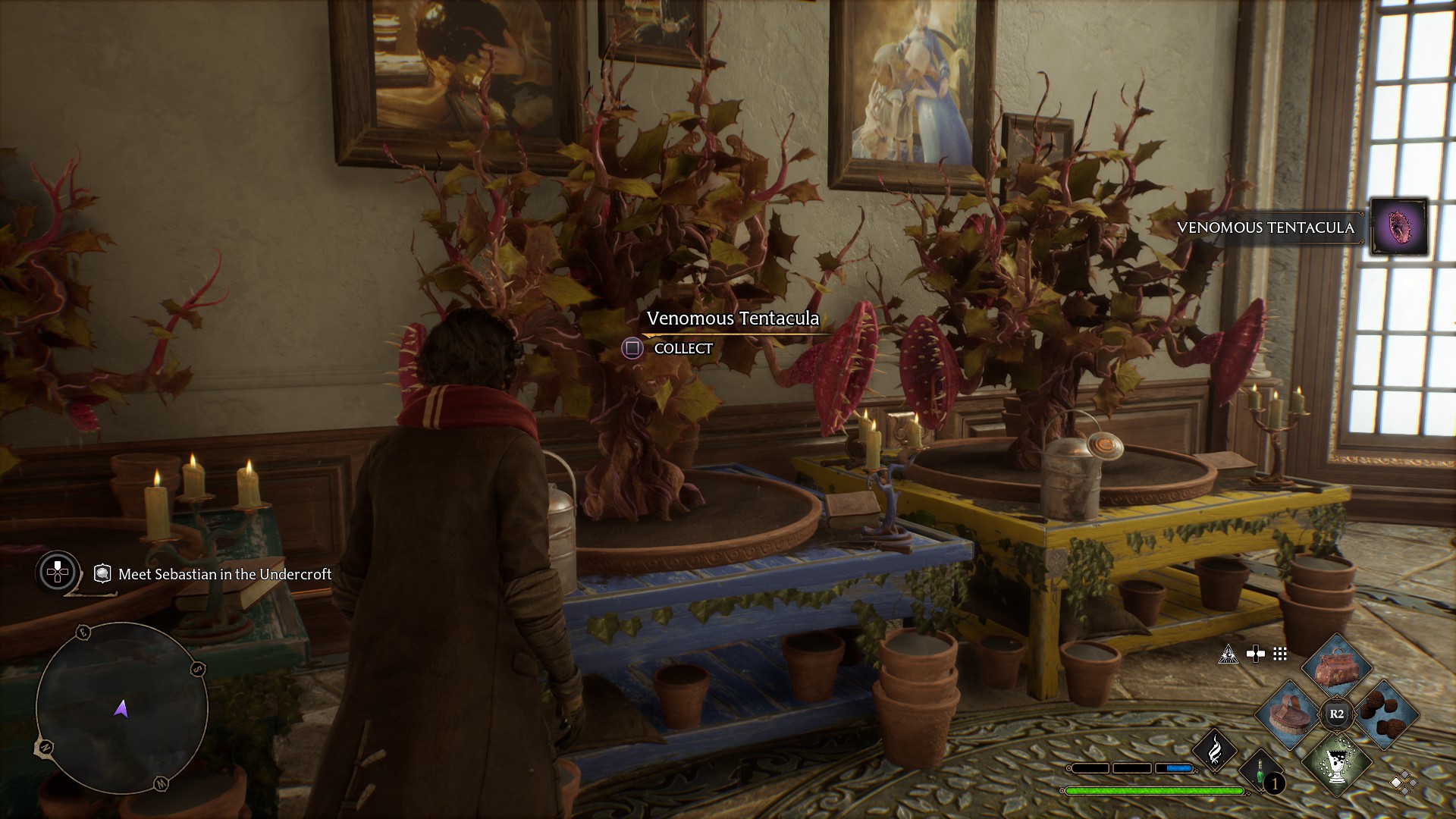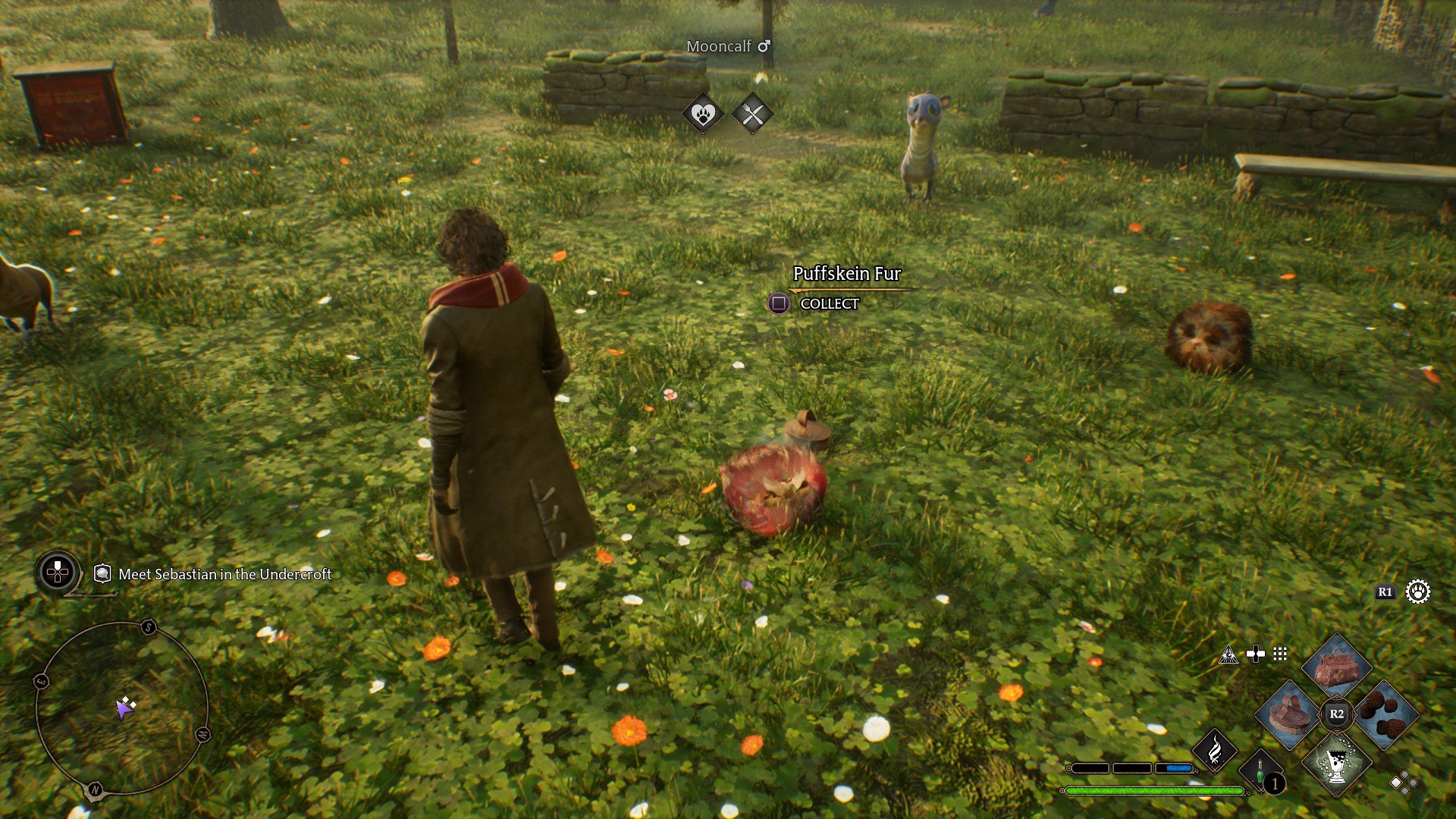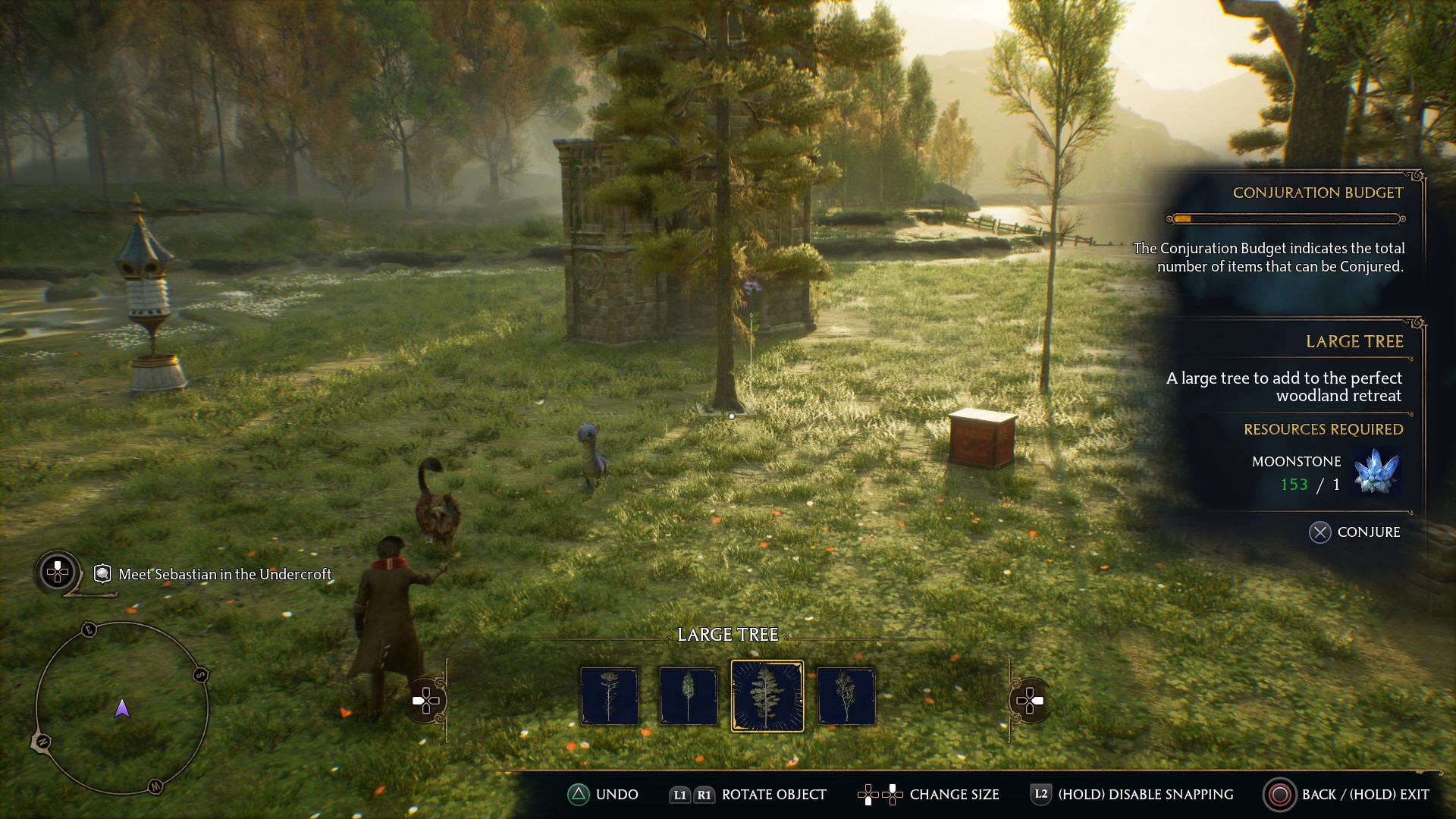Roblox is a human co-experience platform. We want our users to be able to experience the full spectrum of social interactions in our immersive 3D experiences, with communication on Roblox mirroring all the ways we communicate in the real world. One of the cross-functional teams building this technology on Roblox is the User Group.
“We believe that expressive and immersive communication is the future,” said Garima Sinha, Senior Director of Product. “We are at that juncture where the technologies that we’ve been working on for years are coming together. When you are in a virtual experience, you can see expressions. Soon, you’ll be able to feel the body language, the vibe of people being in the same room.”
The User Group’s vision is to enable one billion people to communicate, play, learn, and work together in high-quality immersive 3D experiences. “[Our vision] has stayed pretty consistent over the past three years,” said Philippe Clavel, Senior Director of Engineering. “We want to build a platform that empowers people to connect and engage together.”
But as Philippe explains, building it in the right way is just as important as getting the technology behind it working. “Roblox is inherently a social product. There’s still so much potential for what it can do. But we also have to make sure that we are building our products in a safe and civil way.”
Together, Garima and Philippe lead teams within the broader User Group at Roblox that are tackling some of Roblox’s toughest technical challenges to bring this vision to life. To learn more about what they are up to, we spoke with them and two other members of the User Group: Principal Product Manager Effie Goenawan and Engineering Manager Irene Nguyen.
The Technical Challenges Behind Virtual Communication and Connection
Philippe reminisced on a moment from his Roblox job interview. “During my interview, CEO and Co-Founder Dave Baszucki explained to me that in the 3D world, you can be and interact with anyone. But before you can do that, you must be able to communicate effectively. Our vision is to enable and mimic real-world communication.”
By adding voice communication to our Chat feature, we are getting closer to this vision. This new functionality allows users 13 and older to communicate using their voice in Roblox experiences. The technology is proximity-based and simulates realistic communication.
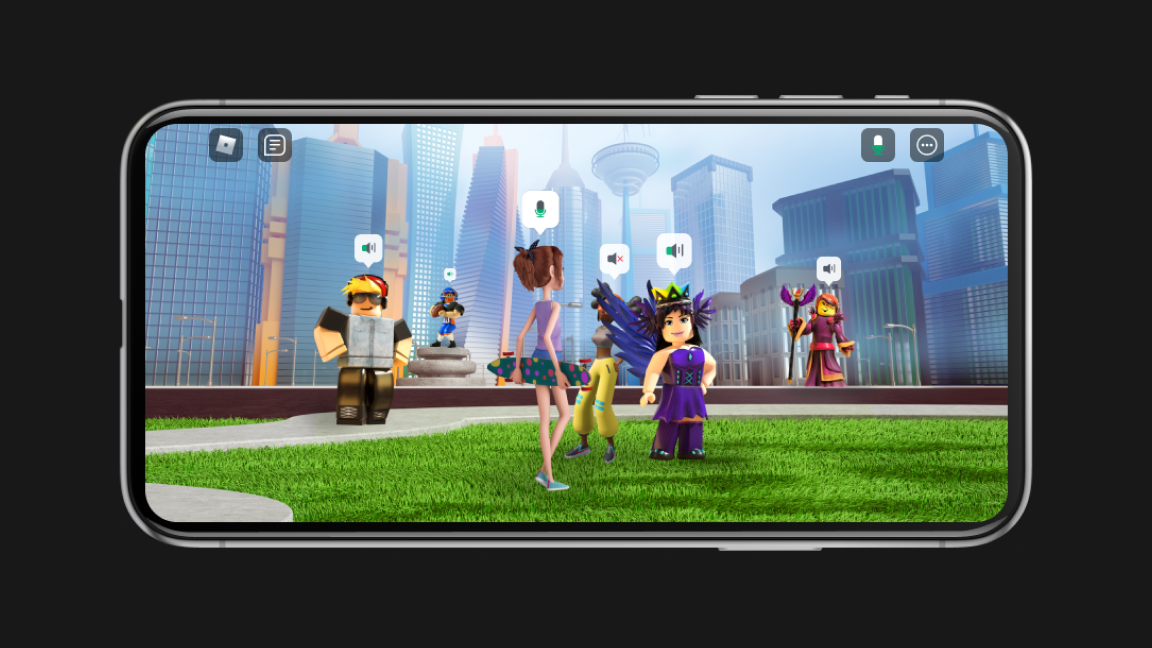
The User Group, including cross-functional efforts from the Safety and Engine Groups, has tackled several technical challenges to bring Chat with voice to life – one of the toughest being building the architecture. “Building the technology behind Chat with voice is inherently complex. To make it feel immersive and mirror real-world communication, we enable sound so that it is tied to your avatar’s location within a 3D space. You want others who are near you to hear you – not those far away,” said Philippe.
“On top of that, when we deploy new features, it’s to millions of users across the globe. We made sure to deploy this new service at the edge to guarantee that our voice servers are close to our users. We want you to have a good discussion wherever you are.”
Ensuring that we built this feature with safety and civility in mind is also a critical technical challenge. “Our top priority is making sure that we roll out Chat with voice safely and responsibly. While we’ve already implemented robust safety features (e.g. moderation tools), we are also looking at technology solutions to ensure safety and civility on our platform,” said Effie.
Culture of Innovation in the User Group
While our company values act as a guide anyone can use to solve our technical challenges, each team brings its own collaborative and creative approach to developing innovative solutions. Here are some of the ways that the User Group comes together to drive a culture of innovation for Roblox.
Solving tough technical challenges is what motivates them.
Finding the right solution to technical challenges is rarely clear or straightforward. Effie encourages her team to leave no stone unturned when trying to find solutions.
When it involves solving for safety and civility, “One easy solution would be to spend lots of time and resources on manual moderation, but we are responsible for making the right decisions for our team and the business. That’s why we are starting to look at ways that we can tackle this problem with the best technology solutions to support our moderation efforts.” One of those technical challenges is moderating the Chat with voice feature.

Garima Sinha with colleague Effie Goenawan catch up outside of our offices
“We need to be able to detect and take action in real time to ensure the safety of our community,” said Garima. “These are hard technical problems that no one in the industry has solved yet. What makes the culture of our team unique is that we all have the drive to make it happen. We are solving some of the hardest problems in the world. And our people take a lot of pride in solving these hard problems.”
Iteration is what helps them develop great solutions.
Even when facing blockers, the User Group has kept its eye on the ball. For Irene Nguyen, developing MVPs (Minimum Viable Product) and proofs of concept is part of the process. As an Engineering Manager on the Connections Team within the User Group, Irene supports users’ abilities to connect, experience, and create memories with friends. One technical challenge her team is helping to solve is enabling video capture functionality within the Roblox platform. Her team’s goal is to enable users to quickly and easily share great moments from Roblox with their friends.
“What are our current limitations in video quality? What does this mean across devices? Performance? We want to build it right and build it for all.” Identifying where to begin can be overwhelming, but maintaining an iterative mindset helps Irene and her team balance priorities and forward momentum.
“We need to identify our starting point, be clear about our vision, and then lay out the steps needed to build an MVP that will get us there. By following that process, the team is able to see and get really pumped about what’s possible.” She recalls, “some people equate an MVP with a hack or workaround solution. Instead, I think of it as a way for us to prove the viability of whatever we’re working on. Iteration is how we end up with a great solution.”
Open communication and collaboration enable anyone to share new ideas and problem solve.
What is the secret to sparking innovation across the team? Philippe thinks that it’s fostering a bottom-up development culture, encouraging open communication, and asking the right questions.
“You don’t hire smart people to tell them what to do. You hire smart people, so they tell you. As a manager, my job is to help our team by asking constructive questions,” said Philippe. “This style has helped our team seek better solutions and achieve results. Asking questions allows our team members to think about things differently. I find that they speak up about their perspectives. And most importantly, they openly share when they disagree.”
Recently, Philippe’s team debated how they should render spatial audio (the technology powering Chat with voice). “Say that you’re in the experience with your avatar. Should we render the audio as if it is coming to your avatar’s ears or to the game camera? There was a very strong argument for both ways, so we solved for both and voted on what felt best. And, in true Roblox fashion, we also allow developers to customize it and change the default setting.”

Philippe Clavel & Irene Nguyen discussing a recent project
The User Group has also started to host internal tech talks to foster communication and collaboration. In Irene’s words, “We take pride in knowledge-sharing across the various teams in the User Group. They [tech talks] are a way that we all stay connected and share what’s happening across our team. Doing this has led us to tackling other big questions.”
These tech talks have had other benefits, especially for junior members. Anyone is able to practice their public speaking skills, show off what they’ve been building, and even get real-time feedback.
“There can never be too many forums for people to showcase what they’re building,” says Irene. “We’re hoping to expand the tech talks and make them even bigger in 2023.”
Join the Team Helping to Shape the Future of Human Connection and Communication.
The User Group has ambitious plans for 2023. So what are some of the reasons that you’d want to join the team? For Effie, it’s the opportunity to make an impact. “The problem space that you have the potential to impact is huge. Whether it’s technical, machine learning, optimization, user experience, or even policy, we’re leaders in an industry where there is such a greenfield of problems that have never been solved.”
Want to learn more about what the User Group is working on? Tune in to the latest Roblox Tech Talks Podcast to listen to a conversation between Garima and CEO Dave Baszucki on the future of communication on Roblox.
Team Behind the Tech is a behind-the-scenes look at how our teams tackle their toughest technical challenges and what it reveals about the culture, people, and values behind our innovative technologies. If these sound like the challenges and opportunities you want to take on, check out our available roles for the User Group and learn more at careers.roblox.com.
